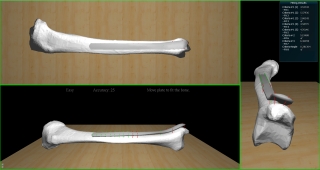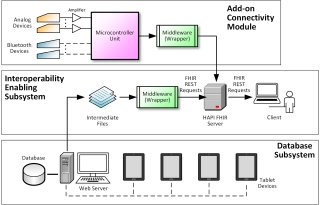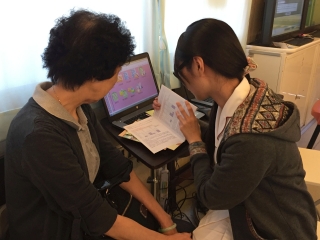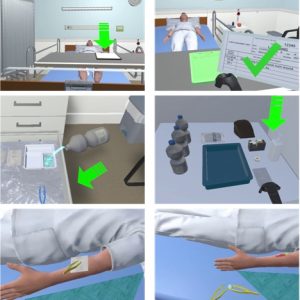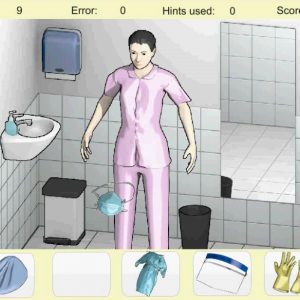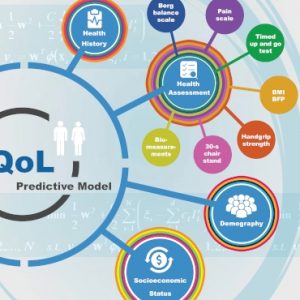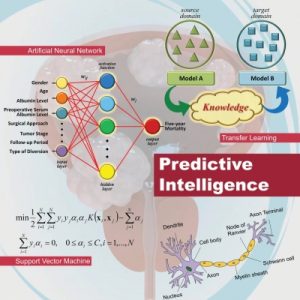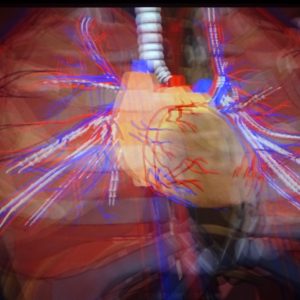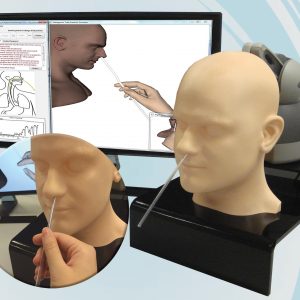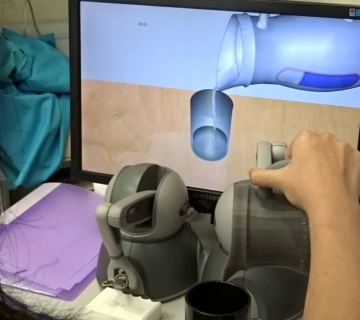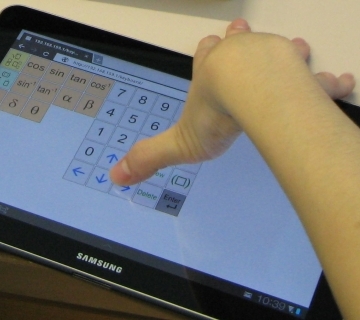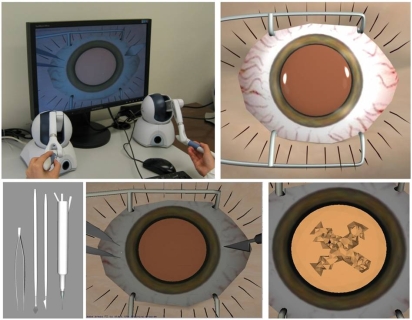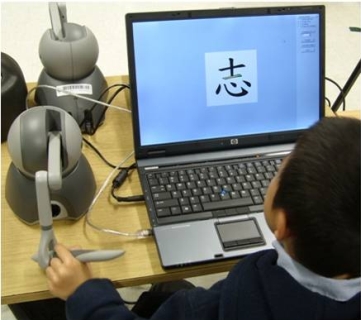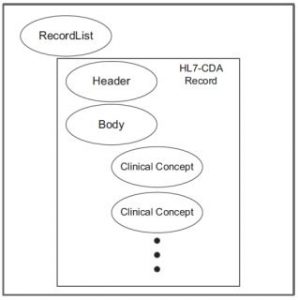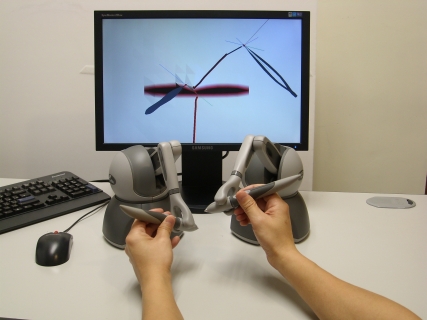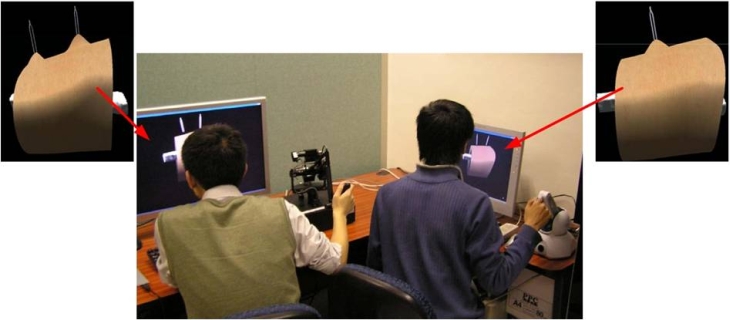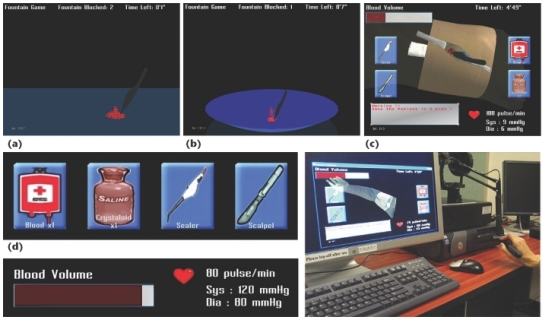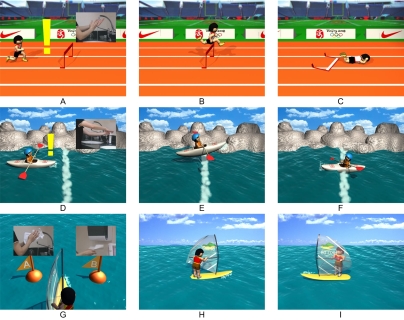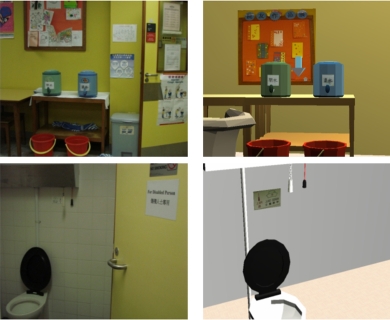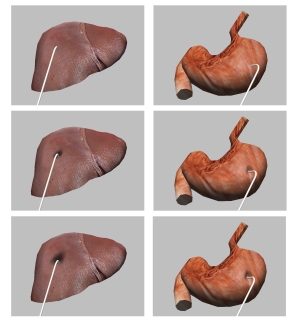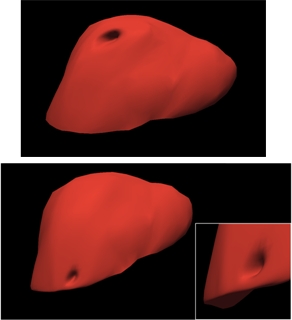Virtual Haptic System for Intuitive Planning of Bone Fixation Plate Placement
Placement of pre-contoured fixation plate is a common treatment for bone fracture. Fitting of fixation plates on fractured bone can be preoperatively planned and evaluated in 3D virtual environment using virtual reality technology. However, conventional...
Elderly Healthcare Information System
The need of health and social care for community-dwelling elderly is on the rise as population ages. Through the provision of comprehensive services by multiple professionals in local communities, elderly people receive continual care in a non-medical...
Detect Dementia Risk using Community Health Data and Neural Networks
Background: Recent studies have revealed lifestyle behavioral risk factors that can be modified to reduce the risk of dementia. As modification of lifestyle takes time, early identification of people with high dementia risk is important for timely intervention...
Virtual Reality Wound Care Training for Clinical Nursing Education
Background: Wound care is an essential nursing competency, where dressing change is an important component. Compliance with aseptic procedures and techniques is necessary to reduce the risk of infection. Proficiency in the skills can be developed through...
Computer Simulation for Training the Proper Use of Personal Protective Equipment
The use of personal protective equipment is one of the basic infection control precautions in health care. The effectiveness of personal protective equipment is highly dependent on adequate staff training. In this project, a computer simulation pro...
Predicting quality of life using machine learning on community health data
Missing data is a common issue in community health and epidemiological studies. Direct removal of samples with missing data can lead to reduced sample size and information bias, which deteriorates the significance of the results. While data imputation...
Using machine learning to predict mortality after bladder cancer surgery
Bladder cancer is a common cancer in genitourinary malignancy. For muscle invasive bladder cancer, surgical removal of the bladder, i.e. radical cystectomy, is in general the definitive treatment which, unfortunately, carries significant morbidity...
Stereoscopic 3D visualization for immersive and intuitive anatomy learning
Conventional anatomy education makes use of two-dimensional (2D) images of three-dimensional (3D) anatomical objects to illustrate their spatial locations and interrelationships. Good visual-spatial ability is needed to mentally transform or fuse multiple...
A Virtual Reality Based Simulator for Nasogastric Tube Placement Training
Nasogastric tube (NGT) placement is a common clinical procedure where a plastic tube is inserted into the stomach through the nostril for feeding or drainage. However, the placement is a blind process in which the tube may be mistakenly inserted into...
VR Haptic Rehab
Virtual Reality Based Rehabiliation Training of Activites of Daily Living with Force Feedback
Aim
The aim of the project is to provide a computerized training system for physically disabled people to practice the manual skills in various activities...
Facilitating mathematics learning for students with upper extremity disabilities using touch-input system
Students with upper extremity disabilities often face barriers to learning mathematics which is largely based on handwriting. While they may instead use computers to do mathematics, conventional input methods using keyboard and mouse do not cater for...
A virtual training simulator for learning cataract surgery with phacoemulsification
This paper presents the development of a low-cost cataract surgery simulator for trainees to practise phacoemulsification procedures with computer-generated models in virtual environments. It focuses on the training of cornea incision, capsulorrhexis...
A hand rehabilitation system with force feedback for children with cerebral palsy: two case studies
Purpose
To investigate whether the provision of force feedback as guidance in a computer-assisted training environment was feasible for improving handwriting ability of children with cerebral palsy.
Method
Two children at the age of 7, d...
Alternatives to relational database: Comparison of NoSQL and XML approaches for clinical data storage
Clinical data are dynamic in nature, often arranged hierarchically and stored as free text and numbers. Effective management of clinical data and the transformation of the data into structured format for data analysis are therefore challenging issues...
Virtual Suturing Simulation based on Commodity Physics Engine for Medical Learning
Development of virtual-reality medical applications is usually a complicated and labour intensive task. This paper explores the feasibility of using commodity physics engine to develop a suturing simulator prototype for manual skills training in the fields...
A framework using cluster-based hybrid network architecture for collaborative virtual surgery
Research on collaborative virtual environments (CVEs) opens the opportunity for simulating the cooperative work in surgical operations. It is however a challenging task to implement a high performance collaborative surgical simulation system because of...
Learning blood management in orthopedic surgery through gameplay
Serious games are computer games used for applications unrelated to entertainment or traditional games. Application domains include areas such as flight or driving training, military operations, education, surgery, and general healthcare. Although...
Using computer-assisted method to teach children with intellectual disabilities handwashing skills
Purpose
To motivate children with intellectual disabilities to learn handwashing and improve their performance by using computer-assisted teaching method.
Method
A teaching program was implemented using a computerized teaching station with faucet,...
A virtual psychiatric ward for orientating patients admitted for the first time
Misconceptions about psychiatric wards frequently cause newly admitted mental patients to stay away from these wards despite their need for treatment. Although ward orientation is typically conducted by nurses in an attempt to help patients to adapt...
An efficient and scalable deformable model for virtual reality based medical applications
Modeling of tissue deformation is of great importance to virtual reality based medical simulations. Considerable effort has been dedicated to the development of interactively deformable virtual tissues. In this paper, an efficient and scalable deformable...
Interactive deformation of soft tissues with haptic feedback for medical learning
An effective deformable model based on a successive force propagation process is proposed. It avoids the laborious stiffness matrix formulation and is scalable simply by controlling the penetration depth. Mechanical tests are performed to evaluate...
